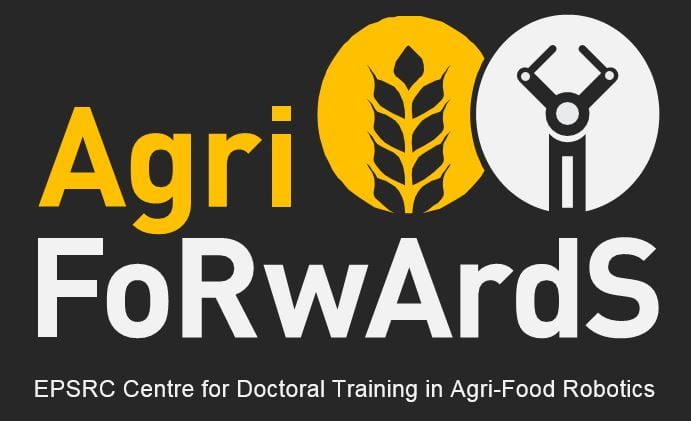
I had the privilege of representing the AgriFoRwArdS CDT and the University of Lincoln at the Lincolnshire Show 2024, a lively event celebrating rural life, agriculture, and innovation. This historic annual two-day event, held on June 19 and 20, 2024, now in its 139th year, was hosted at the Lincolnshire Showground and was organized by the Lincolnshire Agricultural Society.
This event offered an action-packed day out for families with a diverse range of activities and attractions. The main ring, the highlight of the show, featured various exciting events such as scurry driving, showjumping, live music, and livestock displays. The show also included local produce with food stalls and tasting sessions, agricultural exhibits showcasing livestock, crops, and farming equipment, exhibitors from various industries offering products and services ranging from farm machinery to handmade crafts, an aviation zone providing a fascinating glimpse into Lincolnshire’s aviation history, educational exhibits, shopping opportunities, and children’s activities, among many others.
The University of Lincoln played a significant role in this show, with two stands dedicated to robotics and agricultural technology. At the university main stand, visitors were fascinated by the university’s role in advancing agricultural technology, particularly with a focus on robotics.

I was involved in a demonstration featuring Trilobot robots, aimed to illustrate the practical application of the robotics in agriculture. Trilobots are small, learning friendly Raspberry Pi- powered robots equipped with a Raspberry Pi camera, an ultrasonic distance sensor, RGB (red, green, blue) underlighting, and front wheel drive and are primarily designed for educational purposes, providing hands-on experiences in robotics and programming. During our demonstration, a Trilobot was used to perform a weeding task in a controlled arena. Using its camera, it detected the colour green, representing crops, and navigated towards the detected crop. It stopped near the crop, measuring the distance using the ultrasonic distance sensor, and turned until it identified another green object. This demonstrated their potential in automating agricultural tasks such as weed detection and management. Many visitors, both young and old, showed great interest in this demonstration, asking insightful questions about how such robots could potentially transform agricultural practices in the future.

Visitors also had the opportunity to witness samples of strawberry crops grown in polytunnels at the Riseholme campus. They were able to interact with staff, researchers and students, learning about the undergraduate and postgraduate courses offered by Lincoln Institute for Agri-Food Technology (LIAT). There was a stall providing information about the National Centre for Food Manufacturing (NCFM) apprenticeships, and another stall where they demonstrated how ink made from plant parts like oak, beetroot, and onion skins can be used.
In the Education Zone, located in the EXO Centre Building, the University hosted the Schools Challenge stand. This area was designed to engage groups of school children, primarily around twelve years old, in the exciting world of computer vision and Artificial Intelligence (AI) applications in agriculture.
The Schools Challenge featured two main activities. The first activity used a MicaSense camera to show how digital images are made up of RGB colour bands from five different wavelengths.

This demonstrated how these wavelengths can reveal plant characteristics or defects that are not visible to the naked eyes. The second activity invited children to draw one of the five fruits or vegetables: banana, apple, orange, broccoli, or carrot – on paper using coloured pens.
These drawings were then analysed using a web camera connected to a laptop running ‘You Only Look Once version 8’ (YOLOv8), an object detection model. The system provided predictions and confidence levels for objects in each drawing, and real fruits and vegetables that received higher confidence scores were also shown, illustrating the model’s accuracy with real-world objects. Through these engaging demonstrations and activities, visitors to the Lincolnshire Show gained valuable insights into the use of robotics and AI in agriculture.
I had a fantastic time helping out at the show and it was a great experience for me.
Thank you to Prabuddhi for taking the time to share her experiences of this incredible event.
If you have something you want to share with the AgriFoRwArdS community, please get in touch at agriforwards.cdt@lincoln.ac.uk.

